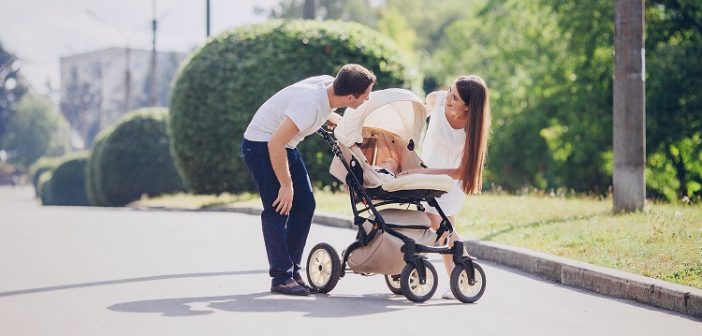Children are hard on their things. This includes their toys, shoes, clothes, and, of course, their mattress. Mattresses often fall victim to nightly accidents, juice spills, and a variety of other unfortunate circumstances that can quickly render them useless.
By investing in a quality mattress and a thin height sturdy wooden frame or low box spring, though, you may be able to draw out the lifespan of your child’s bed by a few years. This brings us to a number of important questions: How long should a mattress last my child? When should it be replaced? When should bedding be replaced? How can I protect my child’s mattress?
We’re going to cover all of these questions in the article below, so keep reading.
How long should a mattress last?
Generally, most high-quality mattresses can last more or less 10 years, with some pushing those numbers. The lifespan of a mattress is dependant on what material is used, as some materials stand the test of time better than others.
This being said, latex mattresses have the longest lifespan, which makes them ideal for children. Memory foam is the next best thing, boasting all of the same comfort but just a little less flexibility, as memory foam can’t be flipped.
Providing that your child doesn’t use their bed as a trampoline or a workstation for making potions, high-end mattresses, when bedwetting and general mess is taken into consideration, should last nearly as long in your child’s room as they would in your own.
When should my child’s mattress be replaced?
There’s no set time to replace your child’s mattress. It’s generally just advised to replace it when your child no longer fits comfortably, or when the mattress begins to have a funny smell, odd sagging, or any other problems that might affect your child’s sleep.
Since sleep is essential for healthy growth, mattresses should be changed promptly when the need arises.
When should bedding be replaced?
Bedding, much like mattresses, can be used for years. In fact, bedding can survive decades if nothing unfortunate happens. Because of this, bedding can be changed much less often then mattresses or pillows.
A good rule of thumb though, is that when bedding starts to have discoloration, strange smells, or has fallen victim to any particularly messy accident, it should be replaced. It may also do you some good to replace it if head lice, mites, or other bug infestations find their way into the home.
How can I protect my child’s mattress? `
Your child’s mattress can be protected. How? Here are a few easy ways.
Use a box spring
Designed for more than just stylistic purposes, box springs are actually pretty handy to have – especially if you’re looking to use your child’s mattress for another child, or for a spare or guest room once he or she has outgrown it.
Box springs keep mattresses off of the ground. Although this doesn’t have much of an affect on comfort, it does prevent the bottom of the mattress from wear and tear and from dirt. In addition, it can offer more support, which can help prevent sagging and unpleasant dipping.
Spot clean
If your child spills some juice, has an accident at night, or ends up drumping paint all over his or her bed, be diligent in spot cleaning the area. This prevents stains, smells, and general wear.
Use mattress covers
One of the best ways to protect a mattress is by using a waterproof cover. They are sold for nearly every size bed and can be quickly put on, stripped off, cleaned, and returned to the bed. Since they are waterproof, they prevent liquids from penetrating the mattress fabrics.
Alternatively, you can use a layer of garbage bags that have been flattened out. Simply lay them down and place a fitted sheet overtop.
Rotate and flip
If the mattress your child uses allows it, you should rotate and/or flip it regularly. This prevents uneven wear, sagging, loss of support, and lessens the chance of the mattress popping a spring. Even if the mattress can’t be flipped, all mattresses can be “ended” – that is, flipped so that the foot end becomes the head end.
No jumping.
Jumping, as fun as it is, is terrible for the health of mattresses. Not only does it wear out the mattress quickly and even cause springs to come loose and stick out, but it’s also dangerous for the person jumping!
As a rule of thumb, your child’s mattress shouldn’t be tapping out that much earlier than your own mattress. A good quality mattress should be able to withstand a number of years. However, because children’s beds are often the site of accidents, it’s a good idea to protect them and try to treat them especially well.




